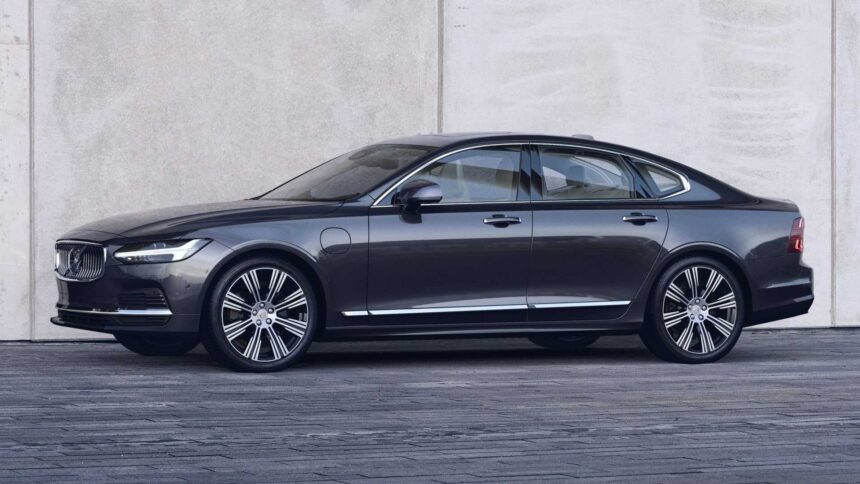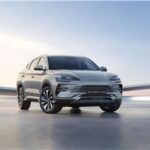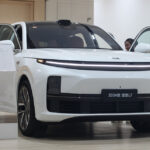Volvo’s commitment to maintaining a balance between aerodynamic efficiency and design aesthetics was recently highlighted by Senior Manager of Exterior Design, Florian Mockenhaupt. In a conversation with Australian magazine Drive, Mockenhaupt emphasized the importance of not sacrificing style and practicality for the sake of aerodynamics.
While acknowledging the benefits of improved aerodynamics in enhancing the performance and range of electric vehicles, Mockenhaupt warned against prioritizing aero efficiency at the expense of design and functionality. He expressed concerns about creating cars that resemble “an Apple mouse” and the potential compromises that come with such a focus on aerodynamics.
Despite the growing emphasis on aerodynamic efficiency in the automotive industry, Volvo remains committed to maintaining its distinctive design language. Mockenhaupt assured that future Volvo models would continue to be instantly recognizable, with a cohesive design across the lineup. He emphasized the importance of consistency in design for luxury shoppers, contrasting it with the varying styles seen in some mainstream automakers’ lineups.
In line with this commitment to consistency, Volvo plans to introduce sleeker and more modern designs for its upcoming models while retaining the brand’s signature aesthetic. Mockenhaupt also addressed the unique case of the EM90, a rebadged minivan that deviates from Volvo’s typical design language but has limited impact on the brand’s overall image due to its exclusive availability in China.
Looking ahead, Volvo has ambitious plans for its lineup, with CEO Jim Rowan and Chief Commercial Officer Bjorn Annwall announcing the launch of 10 next-gen or updated models within the next 24 months. This includes EV versions of the EX60 crossover and ES90 sedan, as well as a plug-in hybrid with an extended range. These models will complement the recently launched EX90 and a second facelift for the XC90.
In addition to these upcoming releases, Volvo aims to launch a new model and a facelifted version annually for the next eight years in global markets. While initially targeting an all-electric lineup by 2030, the company now anticipates that plug-in hybrids and EVs will account for 90-100% of sales by the end of the decade.
With a focus on striking a balance between aerodynamic efficiency and design aesthetics, Volvo remains committed to delivering innovative and stylish vehicles that meet the evolving needs of luxury car shoppers. By prioritizing consistency in design language and embracing modern technologies, Volvo is poised to continue its legacy of creating distinctive and practical vehicles for discerning customers.







